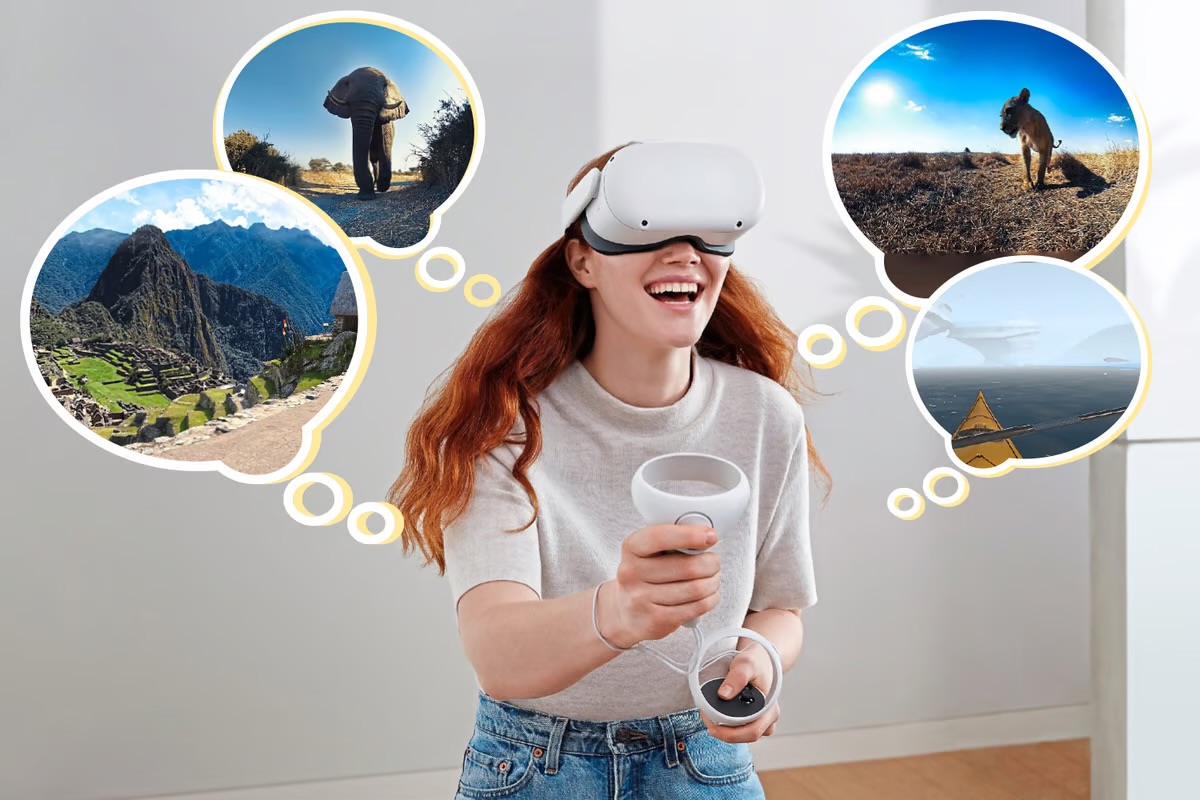The world has changed, and with it, the way we explore. While physical journeys might be on hold or limited for many, the spirit of adventure remains unyielding, finding new avenues through virtual travel. From the comfort of your couch, you can now traverse continents, delve into ancient histories, marvel at natural wonders, and even participate in cultural festivities – all without packing a suitcase.

Unlocking the World Digitally
Virtual travel isn’t just about watching a video; it’s an immersive experience that leverages cutting-edge technology to bring destinations to life. Here’s how you can embark on your next grand adventure:
Museums and Galleries Reimagined: Hundreds of the world’s most prestigious museums and art galleries have opened their virtual doors. Google Arts & Culture is a fantastic starting point, offering high-resolution imagery, virtual tours, and in-depth narratives from institutions like the Louvre, the Metropolitan Museum of Art, and the Rijksmuseum. You can zoom in on brushstrokes, walk through grand halls, and even discover hidden gems from ancient civilizations to contemporary masterpieces.
Street View and Beyond: Google Street View, often used for navigation, is a powerful tool for virtual exploration. Beyond just city streets, you can “walk” through national parks, explore remote islands, and even venture inside iconic landmarks. Imagine strolling through the ruins of Pompeii, climbing to the summit of Mount Everest, or navigating the labyrinthine alleys of Marrakech – all from your device.
Live Webcams: A Window to the World: Live webcams are an excellent option for a real-time glimpse into various corners of the globe. Watch the bustling crowds in Times Square, observe wildlife in African safaris, or witness the serene beauty of a sunrise over a famous landmark. Many national parks, zoos, and cities offer 24/7 live feeds, providing an authentic, unedited view of daily life and nature.
Virtual Reality (VR) and Augmented Reality (AR): The Next Frontier: VR headsets are truly transformative for the most immersive experiences. Step into ancient Rome with detailed historical recreations, dive deep into the ocean to explore coral reefs, or even “fly” over natural landscapes. Companies increasingly develop VR travel experiences that allow for truly interactive and lifelike exploration. AR apps, meanwhile, can bring elements of a destination into your living room, overlaying digital information onto your real-world view.
Interactive Tours and Experiences: Many tour operators, cultural organizations, and even local guides are now offering interactive virtual tours. These often include live commentary, Q&A sessions, and opportunities to engage with the presenter and other virtual travelers. From cooking classes led by chefs in Italy to guided meditations in Japanese temples, these experiences offer a deeper cultural connection.

Planning Your Virtual Itinerary
While virtual travel offers unparalleled convenience, a little planning can enhance your experience:
- Set the Mood: Dim the lights, put on some local music, or even prepare a dish inspired by your destination. Engaging your senses can significantly amplify the immersion.
- Do Your Research: Just as with physical travel, a little background knowledge about your virtual destination can enrich your understanding and appreciation.
- Share the Experience: Virtual travel can be a communal activity. Plan a “trip” with friends or family, sharing your screens and discussing your discoveries.
- Be Open to Discovery: Allow yourself to stumble upon unexpected sights and sounds. The beauty of virtual exploration is the freedom to deviate from a planned route and follow your curiosity.
In a world that sometimes feels smaller, virtual travel expands our horizons, offering a remarkable way to learn, discover, and connect with cultures and landscapes far and wide. So, where will your next virtual adventure take you? The possibilities are as limitless as your imagination.

